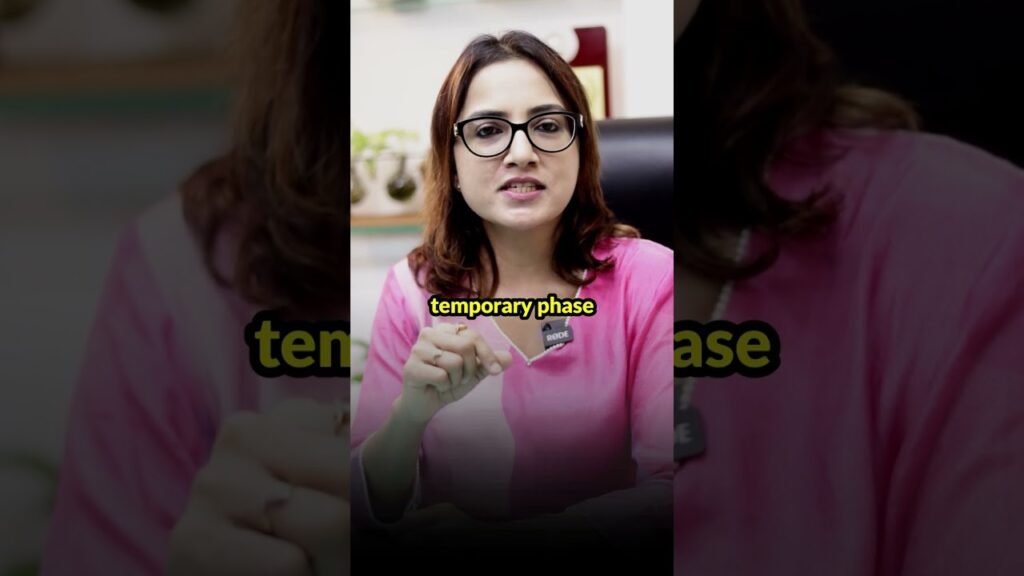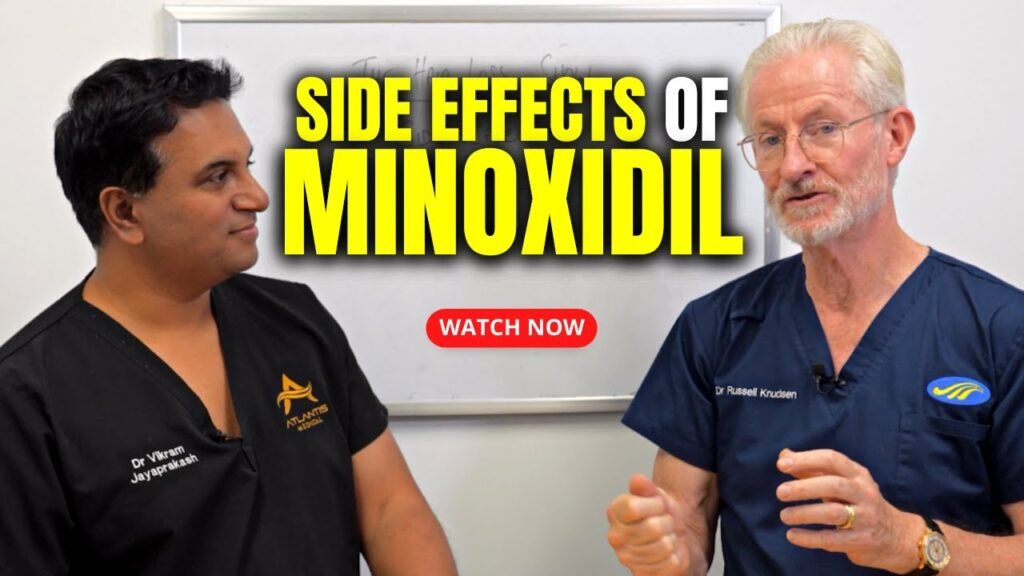Understanding Minoxidil and Its Effects on Hair
Minoxidil is a well-known treatment for hair loss, primarily used to combat conditions such as androgenetic alopecia, commonly referred to as male or female pattern baldness. Originally developed as an oral medication for hypertension, minoxidils ability to stimulate hair growth was discovered serendipitously, leading to its topical formulation specifically for hair loss. The mechanism by which minoxidil promotes hair growth is not entirely understood, but it is believed to work by widening blood vessels and opening potassium channels, which allows more oxygen, blood, and nutrients to the hair follicles. This enhanced follicular environment helps to stimulate the anagen phase, or growth phase, of the hair cycle, thereby promoting increased hair density and thickness.
How Minoxidil Works
The application of minoxidil is straightforward; it is typically available as a topical solution or foam that is applied directly to the scalp. The recommended dosage usually involves applying the product twice daily for optimal results. Users often begin to notice a reduction in hair loss within the first few months, followed by signs of hair regrowth. However, it is important to note that minoxidil is not a permanent cure for baldness. Continuous use is required to maintain hair growth, as discontinuation can lead to the resumption of hair loss. Moreover, not everyone will experience the same level of effectiveness, with factors such as age, the extent of hair loss, and individual response playing significant roles in the outcome.
Potential Side Effects and Considerations
While minoxidil is generally well-tolerated, it is not without potential side effects. Some users may experience scalp irritation, itching, or dryness. In rare cases, users might notice unwanted facial hair growth or changes in hair color and texture. These side effects are usually mild and often resolve with continued use or by adjusting the frequency of application. It is crucial for users to follow the application instructions carefully and consult a healthcare professional if they experience severe reactions. Additionally, individuals with certain medical conditions or those who are pregnant or breastfeeding should seek medical advice before starting minoxidil treatment to ensure it is safe for them.
Does Minoxidil Cause Hair Shedding? Exploring the Facts
Minoxidil, a popular over-the-counter treatment for hair loss, often raises concerns among users about its initial side effects, particularly hair shedding. Hair shedding is a common experience when starting Minoxidil, and while it may seem counterintuitive, it is an expected part of the treatment process. This phenomenon, known as «shedding phase,» occurs as Minoxidil accelerates the hair cycle, prompting older hairs to fall out and make way for new growth. Although alarming, this phase is typically temporary and a sign that the treatment is beginning to work.
Understanding the Shedding Phase
When Minoxidil is applied, it stimulates hair follicles, shifting them from the resting phase (telogen) to the growth phase (anagen). During this transition, the old hairs are shed, resulting in increased hair loss initially. This shedding phase can last anywhere from two to eight weeks, depending on individual response to the treatment. While it might be unsettling, it is important to recognize that this is a normal and temporary phase, indicating that the follicles are responding positively to Minoxidil.
Managing Expectations and Monitoring Progress
Users should manage their expectations and understand that results with Minoxidil are gradual. It is crucial to remain patient and consistent with the application, as discontinuing the treatment prematurely can prevent achieving desired results. Monitoring progress over several months can provide a clearer picture of the treatments effectiveness. If excessive shedding persists beyond the initial phase or if there are concerns about the products effects, consulting with a healthcare professional is advisable to ensure proper guidance and care.
The Science Behind Minoxidil-Induced Hair Shedding
Minoxidil is a widely used topical treatment for hair loss, often associated with the initial phase of increased hair shedding. This phenomenon can be perplexing, but its essential to understand that its a typical part of the hair growth cycle. When minoxidil is applied, it primarily functions as a vasodilator, enhancing blood flow to hair follicles. This increased circulation can stimulate the follicles and push hair strands into the anagen, or growth phase, more quickly than they would naturally. As a result, hairs that were in the telogen, or resting phase, are shed to make way for new growth, leading to a temporary increase in hair shedding.
The Hair Growth Cycle and Minoxidil
To grasp the science behind minoxidil-induced shedding, its crucial to understand the hair growth cycle, which consists of three phases: anagen (growth), catagen (transitional), and telogen (resting). Normally, a certain percentage of hair is in the telogen phase, but when minoxidil is introduced, it shortens this phase, effectively forcing these resting hairs to shed prematurely. This process may seem counterintuitive, but it paves the way for healthier, thicker hair growth. The shedding phase is usually temporary and can last a few weeks to a couple of months, after which users often notice an improvement in hair density and overall growth.
Cellular Mechanisms Involved
The cellular mechanisms underlying minoxidils effects involve complex biochemical pathways. Minoxidil is thought to open potassium channels, which enhances cell proliferation and differentiation in hair follicles. Additionally, minoxidil may affect prostaglandin synthesis, which plays a role in hair growth regulation. By influencing these pathways, minoxidil promotes the transition of hair follicles from the telogen to the anagen phase, accounting for the initial shedding observed. Understanding these mechanisms helps users anticipate the shedding phase as a precursor to improved hair health, rather than a sign of treatment failure.
How Long Does Minoxidil Hair Shedding Last?
Minoxidil hair shedding is a common concern among those who begin using this popular hair growth treatment. Typically, users can expect the shedding phase to last anywhere from two to eight weeks after starting minoxidil. This shedding occurs as the hair follicles transition from the telogen (resting) phase to the anagen (growth) phase, which is a normal part of the hair growth cycle.
During the initial weeks of minoxidil application, its not uncommon for users to notice an increase in hair loss. This temporary shedding is often a sign that the treatment is working as intended. The older, thinner hairs are being pushed out to make way for new, thicker strands. While this process can be alarming, it is essential to continue using the product consistently, as discontinuing may interrupt the hair growth cycle and negate the benefits of the treatment.
Factors such as individual hair growth cycles, the severity of hair loss, and adherence to the treatment regimen can all influence the duration of the shedding phase. Some users may experience shedding for a shorter or longer period than the typical two to eight weeks. To manage expectations and monitor progress, its advisable to take photos and keep a journal of hair growth developments. This can help users better understand their unique response to minoxidil and adjust their approach if necessary.
Managing Hair Shedding While Using Minoxidil: Tips and Advice
Using Minoxidil can initially cause increased hair shedding, which might be concerning for many. This shedding is often a sign that the treatment is working, as it makes way for new hair growth. To effectively manage this phase, it is crucial to maintain a consistent application routine. Ensure you apply Minoxidil as directed, usually twice daily, to maximize its benefits. Consistency helps in stabilizing the hair cycle and minimizing prolonged shedding phases.
Stay Patient and Monitor Progress
Patience is key when dealing with Minoxidil-related shedding. It is essential to give your hair time to adjust to the treatment, typically around three to six months. During this period, monitor your progress by taking photos and keeping a journal of any changes in hair density or texture. This documentation can help you assess the effectiveness of the treatment over time and reassure you that the shedding is temporary. If shedding persists beyond this period, consult with a healthcare professional for further advice.
Maintain a Healthy Hair Care Routine
While using Minoxidil, adopting a gentle hair care routine can significantly impact managing shedding. Use mild, sulfate-free shampoos and conditioners to avoid irritating the scalp. Additionally, avoid excessive heat styling or harsh chemical treatments, as these can exacerbate hair loss. Incorporate a balanced diet rich in vitamins and minerals, particularly those known to support hair health, such as biotin, zinc, and iron. These nutrients can help strengthen your hair and reduce shedding over time.


